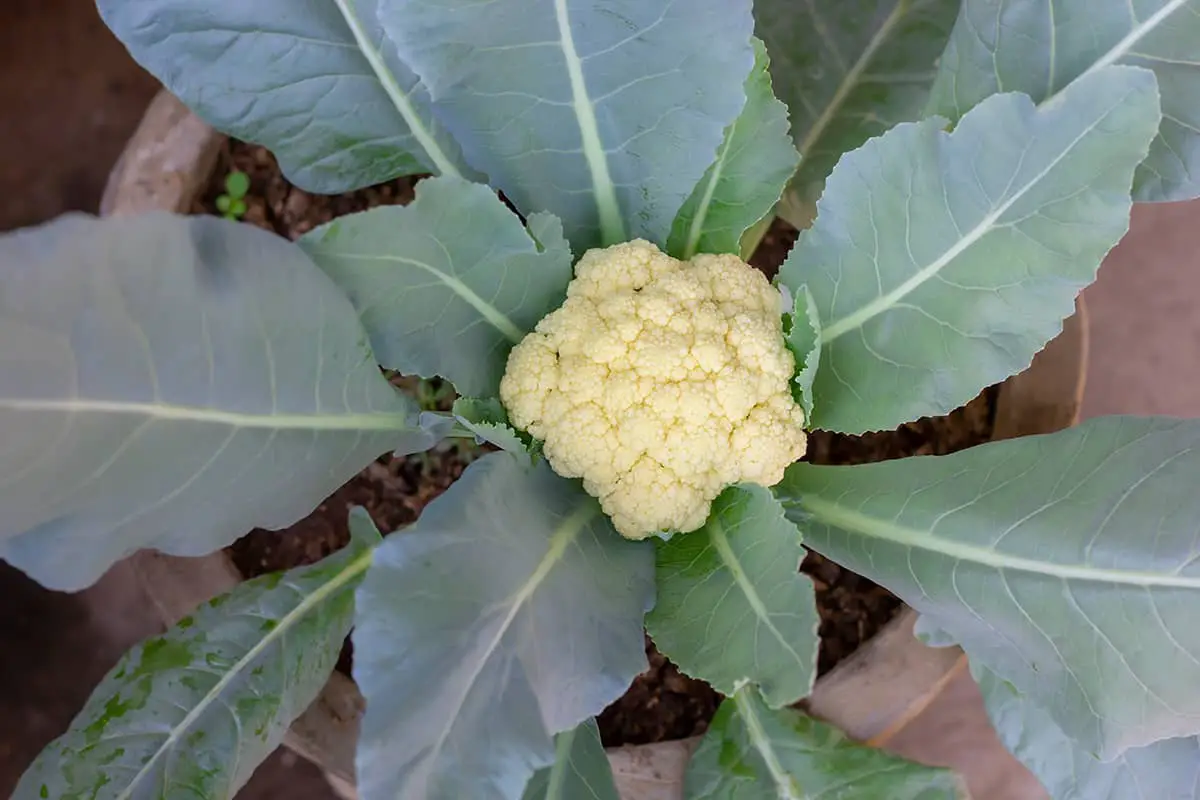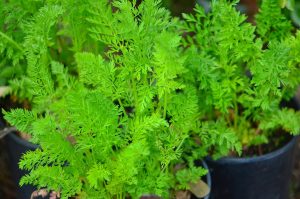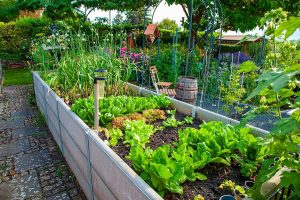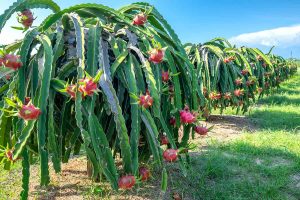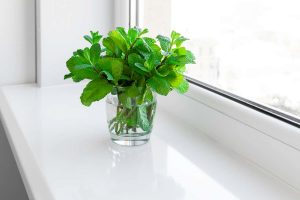You decide to grow your own vegetables and pick up a cauliflower seedling from the garden center. With limited yard space, you opt for a large pot on your balcony. After a few weeks, you notice the plant is thriving, but you’re unsure if it’s getting the right care. Growing cauliflower in pots is straightforward with the right approach. Here’s what you need to know to ensure a successful harvest.
Table of Contents
Choosing the Right Pot

Material Considerations
Your pot’s material can influence cauliflower growth. Clay pots are porous, allowing the soil to breathe and water to evaporate more quickly, which can benefit the cauliflower’s need for a moist, but not wet, environment.
However, they are heavier and may require more frequent watering. In contrast, plastic pots are lighter and retain moisture longer but may not offer the same airflow, potentially leading to root diseases if not well-monitored.
Size and Depth Requirements
Cauliflower plants need space for their roots to spread out. A pot for a single cauliflower plant should have a volume of at least 5 to 7 gallons as per Alabama Cooperative Extension System, providing the plant with ample room.
The pot should also be deep enough to accommodate root growth, which means a minimum depth of about 12 inches is necessary for optimal development. Pots larger in volume may allow for more growth but take up more space and require more soil, so consider your available space when choosing.
Selecting the Best Cauliflower Variety
Look for types that thrive in containers. Dwarf or miniature varieties typically do well in the limited space of a pot. These include ‘Minuteman’ or ‘Igloo’. These types don’t require as much room to grow, making them ideal for pot cultivation.
Temperature plays a role in your selection, too. Cauliflower loves cool temperatures. Plant types suited for your local climate. If you live in a warm area, select heat-tolerant varieties. For cooler climates, traditional white varieties, such as ‘Snowball’, often perform well.
Some color varieties can brighten up your pot garden. You can find cauliflower in shades of purple, green, and even orange. These types, like ‘Graffiti’ for purple and ‘Cheddar’ for orange, are not just visually appealing but are also rich in vitamins.
Remember the size of your pot matters. Ensure it can accommodate the cauliflower’s growth. Your container should be at least 12 inches deep and wide. This allows enough room for roots to expand and supports healthy growth. Choose a variety, plan for your climate, and provide ample space for the best results in pot gardening with cauliflower.
Preparing the Potting Mix
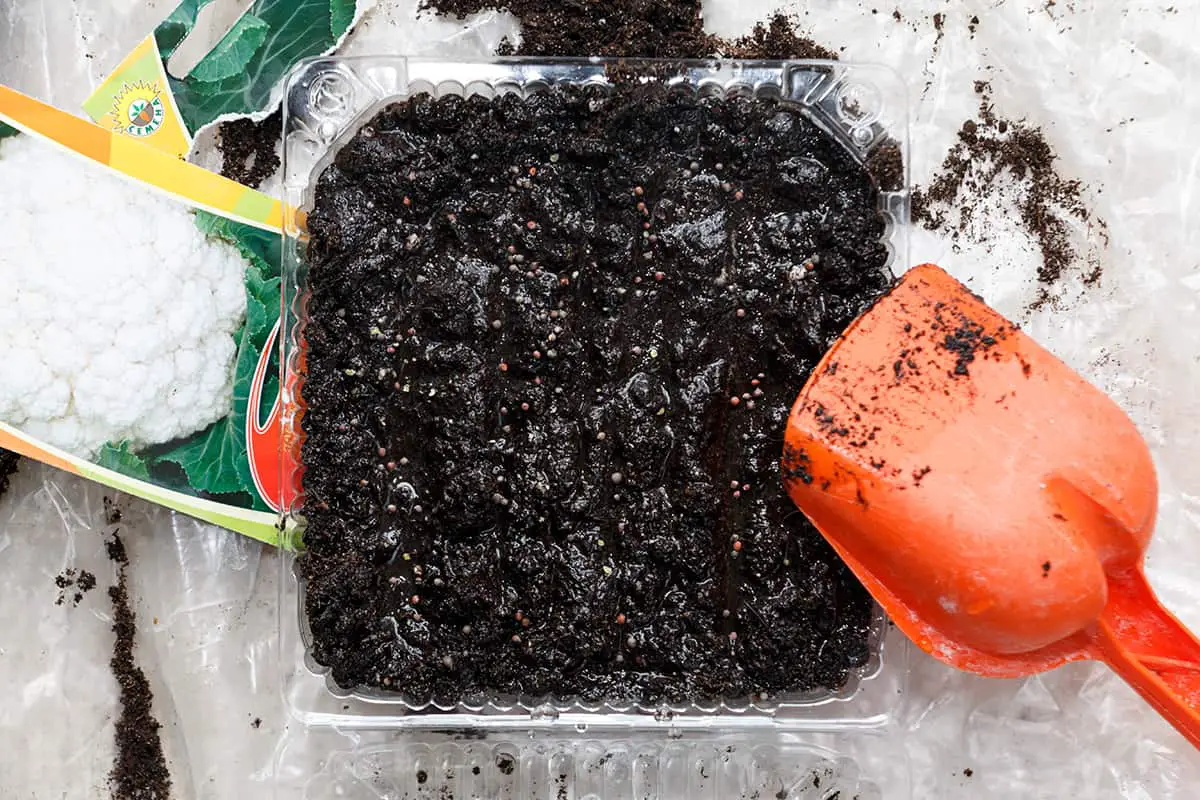
When growing cauliflower in pots, choosing a potting mix that ensures proper nutrition and drainage is crucial for robust growth.
Nutrient Composition
Your cauliflower requires a rich mix of nutrients to thrive. Opt for a potting mix that includes ample organic matter. This sustains plant growth by steadily releasing nutrients. A combination of a 50% soilless mix and 50% compost can provide the necessary fertility for healthy cauliflower development. Aim to avoid garden soil which may contain pathogens or weed seeds.
Drainage and Aeration
Good aeration within the potting mix is important for the roots of your cauliflower. The potting mix must balance moisture retention with excess water drainage. Use a mix labeled for containers, as it will hold moisture and provide drainage to support strong root growth. It’s essential to keep the potting mix from becoming compacted, allowing roots to receive oxygen and prevent rot.
Sowing Cauliflower Seeds

Growing cauliflower in pots begins with sowing seeds properly. Start your seeds indoors to give them a strong head start. Select a high-quality seed starting mix. Moisten the soil before sowing to ensure even hydration. Plant seeds about ¼-½ inch deep into the soil.
Place your pots in an area that gets plenty of light. Cauliflower seeds need warmth to germinate, aim for about 50°F to 70°F. This warmth encourages quick sprouting. Monitor soil moisture and keep it consistently damp, but not waterlogged.
Once seeds sprout, thin the seedlings. Keep the strongest and most vigorous for growth. This helps the cauliflower plant to develop adequately without competition. As your seedlings grow, prepare to transplant them. They should be sturdy enough to move to larger pots.
Use pots that are at least 12 inches deep and wide. Ensure they have proper drainage holes. By following these steps, you give cauliflower the best start in pots. Enjoy healthy growth and bountiful harvests from your own potted cauliflower plants.
Caring for Cauliflower Plants
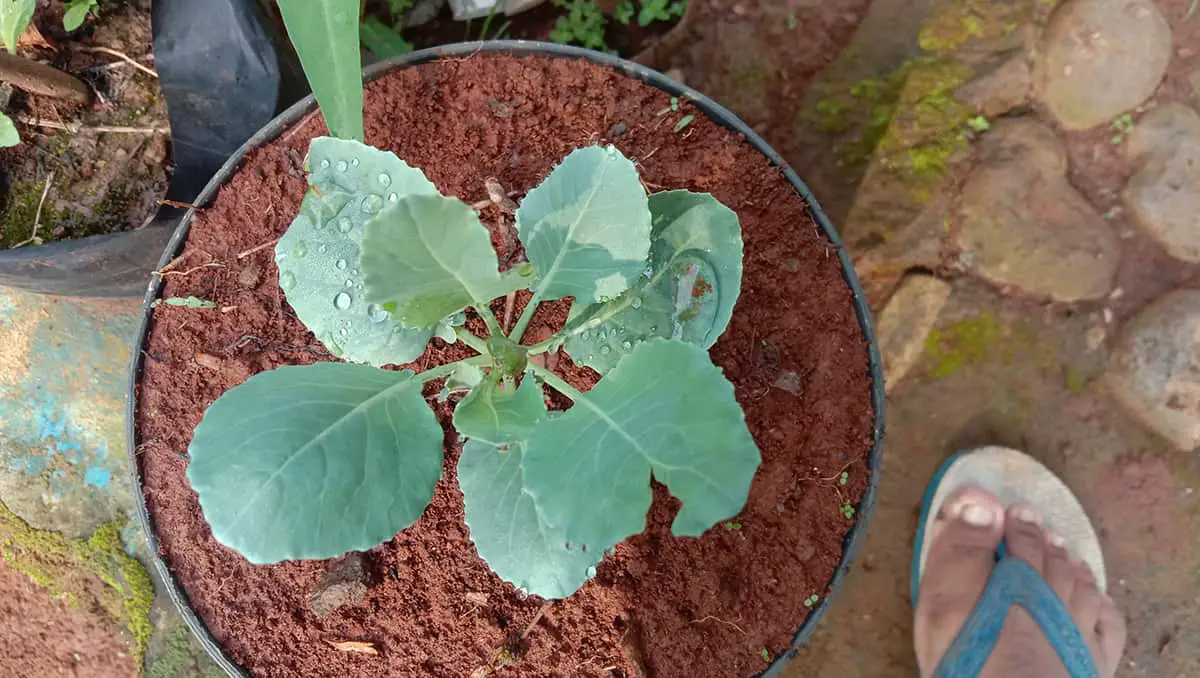
Watering
Your cauliflower plants need consistent moisture. Water them deeply but not too frequently, aiming for soil that is damp but never soggy. Insufficient water can cause small, poor-quality heads while overwatering can lead to root problems.
Sunlight and Temperature Control
Cauliflower plants prefer cool conditions between 50°F and 70°F. Shield your plants from intense midday sun with a shade cloth if temperatures rise. Frost methods involve protecting your plants with covers when a light frost threatens.
Fertilizing Schedule
Every two weeks, feed your cauliflower a balanced, water-soluble fertilizer. A mix high in nitrogen supports leaf growth early on, but switch to a potassium-rich formula as heads begin to form. This change promotes healthy curds.
Thinning Seedlings
Start by planting a few seeds in each pot and then thin to the strongest seedling. This process allows the chosen plant to benefit from all the nutrients and space, leading to a more robust head of cauliflower.
Managing Pests and Diseases
When you grow cauliflower in pots, monitor your plants regularly. Detecting problems early often enables better control. Certain pests, like aphids and caterpillars, can be handpicked if the infestation is small. For more persistent pests, consider using insecticidal soaps or neem oil as they are safer for use on edible plants.
Diseases can also pose challenges for potted cauliflower. Good practices such as crop rotation and proper spacing will promote air circulation and reduce disease risk. If diseases appear, remove and destroy affected plant parts. Use fungicides only as a last resort and choose products labeled for use on edible crops.
Harvesting Your Cauliflower
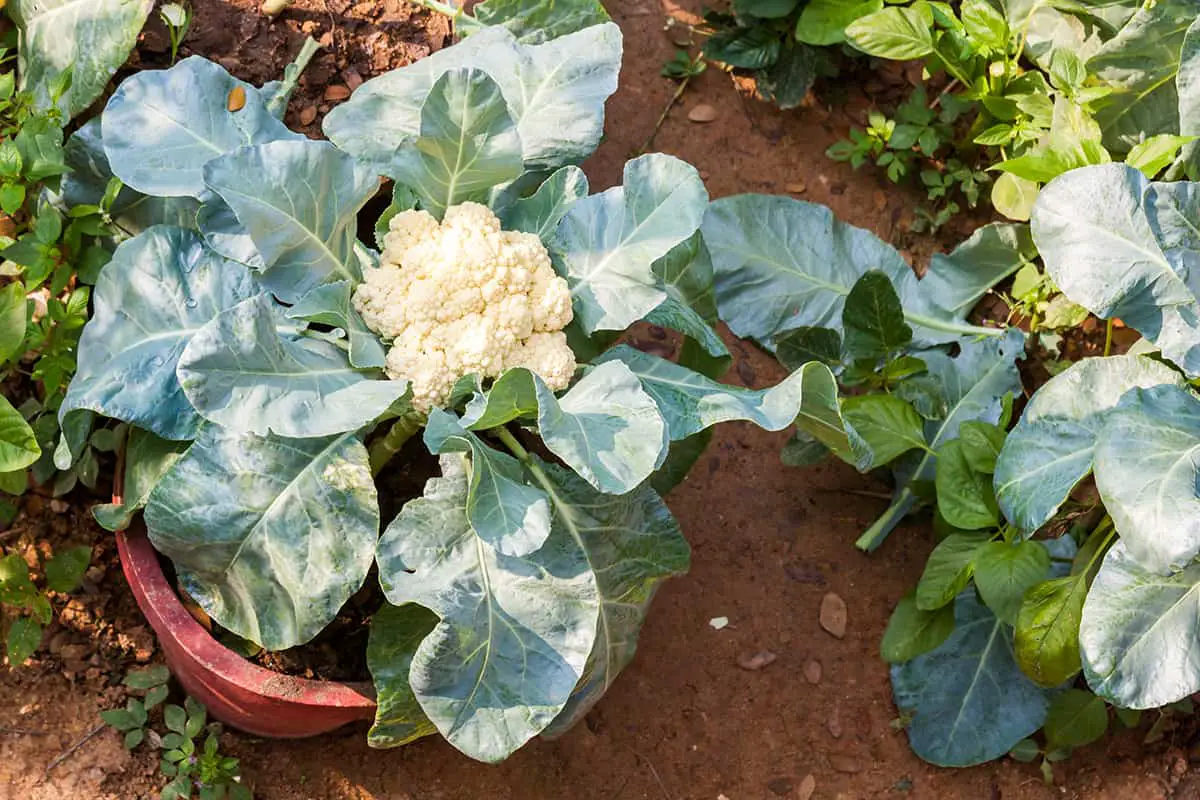
When your cauliflower heads reach the desired size, you’ll know it’s time to harvest. You aim for a compact, firm head about 6-8 inches in diameter. Check the heads regularly as the right time approaches. You want to harvest while the curd, the white part of the cauliflower, is still tight.
Use a sharp knife to cut the main stem. Leave a few surrounding leaves to protect the head. Harvesting in the morning can yield the best flavor. Make sure to harvest cauliflower heads before they become too large and start to separate, as this affects texture and taste.
After cutting the head from the plant, you can store your cauliflower in a cool place. Aim for temperatures between 32°F to 40°F. Properly stored, cauliflower can last up to three weeks. Remember to keep the environment moist and cool to extend the freshness of your harvest.
Frequently Asked Questions
In this section, you’ll find concise answers to common questions about growing cauliflower in containers.
What are some common issues when growing cauliflower in containers?
When you grow cauliflower in pots, you may encounter insufficient drainage or limited space for roots, which are essential for healthy growth. Pests like aphids and diseases such as clubroot can also pose threats.
How many cauliflower plants can be grown per pot?
For best results, grow one cauliflower plant per pot. Pots should be at least 12 inches deep and wide to accommodate the plant’s growth.
How long does it take for a cauliflower to grow in a container?
Cauliflower typically takes about 70 to 120 days to mature when grown in containers, depending on the variety.
Can I grow cauliflower indoors in pots, and if so, how?
Yes, you can grow cauliflower indoors in pots. Make sure to give your cauliflower at least 6 hours of sunlight daily and keep it in a cool environment.
